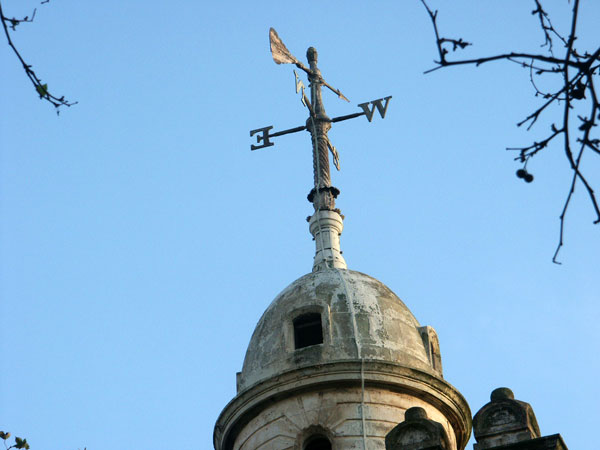Having posted a couple of posts outlining
approach and
methodology, I'll now state briefly why I remained a fairly convinced amillennilaist.
I have to admit, that, like many, on a first reading of
Revelation 20:1-10 the 'most natural' reading to me was premillennialist.
It was not actually the reality of the chaining of the devil that I found hard to reconcile: this seems to be entirely consistent with the language of Jesus concerning the massive victory over Satan that we see during his own ministry, ahead of the cross. e.g. Luke 11:14-22, which suggests that the overarching defeat of Satan in the coming of Christ shows that the kingdom has come. The Parallel Passage in Mark 3:26-27 even uses the same term for "bind" as is used in Revelation 20:2. The result: that the nations are no longer wholesale under deception. The promise that was given in Genesis 12:3 that one day all the nations of Genesis 10-11 would be blessed comes to fruition through the ministry of Christ and the preaching of the gospel. Until Christ, the light of salvation was limited to the nation of Israel, and those who took shelter under her; after Christ the gospel is preached to all nations.
It was verse 4-5 that seemed to fit least naturally with an amil reading: I take the premillennialists' point that it is unusual (no, unprecedented) that the word for "resurrection" in verse 5 mean anything but a
physical bodily resurrection. Yet, under the amil reading, that
first resurrection must refer either to
spiritual regeneration at the moment of belief, or the
souls not bodies of the departed going to be with Christ after their death, before their souls are reunited with their physical bodies in the general resurrection.
However, when I looked at the other uses of "This is" or "these are" in Revelation, it was not always the case that all imagery is absent from the identification. i.e. the phrase is not always "This [image in Revelation] is that [literal explanation of the image devoid of imagery]"
So, for example we read in 7:14‘These are they who have come out of the great tribulation; they have washed their robes and made them white in the blood of the Lamb." Robes are real physical robes. Blood is real blood, and they are really made white in them, but they are real
in the vision corresponding to spirituality to the imputed righteousness of the saints due to the cross of Christ.
Thus, it is quite consistent with the language of Revelation to see the resurrection of Revelation 20:5 as a
physical resurrection
in the vision that correspond to a
spiritual resurrection in reality, just as so many other physical images in Revelation correspond in reality not to physical realities, but to spiritual realities.
This reading of the first resurrection becomes even more likely when the most obvious contrast within Revelation is the second death.
There are (implicitly) two deaths and two resurrections that are contrasted with one another
First death - Physical First Resurrection - Spiritual
↓ contrasts with ↓contrasts with
Second Resurrection - Physical Second Death - Spiritual
The first death and second resurrection are [almost] universal (apart from those who are still alive when Jesus returns). they are not mentioned in Revelation, but are implied: if there was a second death, there must have been a first one. If there is a 'first resurrection' it implies that there will be a second one.
The First resurrection and second Death are spiritual. Everyone experiences either one or the other. In revelation 20 we are therefore shown a choice: will we be those who overcome as those who experience the first resurrection, or will we experience the second death?
So, taking the methodology that I suggested for approaching difficult texts, we should ask two sets of questions and allow a conversation between them to resolve...
Set A
1) What is the 'most natural' reading of Revelation 20?
2) Can the rest of Scripture be made to fit with that reading of Revelation 20?
3) If it can, I should adopt the 'most natural' reading of Revelation 20, and allow it to influence my reading of other eschatological passages in Scripture
Set B
1) What is the most natural reading of the rest of Scripture concerning the millennium?
2) Can Revelation 20 be made to fit with that reading?
3) If so I should adopt that reading of Revelation 20.
Set B clearly leads me towards an amil reading. Yea adopting even Set A, after subsequent readings of Rev 20, an amil reading not only makes more sense of the rest of Scripture, it also opens up greater depth in Revelation 20 itself, and, to me at least, makes it more satisfying rather than less.
You can listen to my sermon
here



